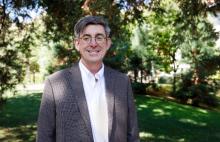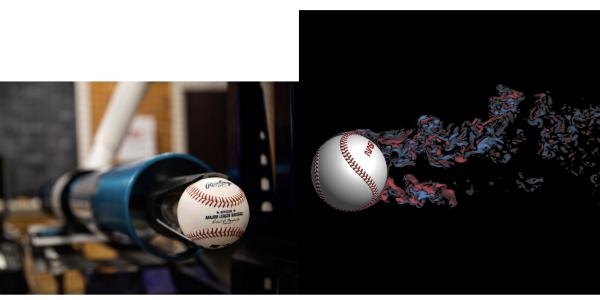
Update on SLAC’s Science & Technology Strategy
John Sarrao, SLAC National Accelerator Laboratory
Abstract: In this talk we will present an update on the Lab’s science and technology strategy, which has been under development
for the past few months. This strategy was recently presented to SLAC’s Board of Oversight Science & Technology Committee
and will form the basis for the upcoming Annual Lab Plan as well as the Lab Agenda. In addition to describing the strategic
framework, the talk will include an initial perspective on next steps and implementation. The goal of the presentation is to initiate
a broader discussion of the strategy and to seek staff engagement in next steps.
About John Sarrao

John Sarrao became SLAC National Accelerator Laboratory’s sixth director in October 2023. The lab’s ~2,000 staff advance the frontiers of science by exploring how the universe works at the biggest, smallest, and fastest scales and invent powerful tools used by scientists around the globe. SLAC’s research helps solve real-world problems and advances the interests of the nation. SLAC is operated by Stanford University for the U.S. Department of Energy’s Office of Science. It is home to three Office of Science national user facilities: the Linac Coherent Light Source (LCLS), the world’s most powerful X-ray laser; the Stanford Synchrotron Radiation Lightsource (SSRL); and the Facility for Advanced Accelerator Experimental Tests, (FACET-II). SLAC hosts nearly 1,000 users each year and manages an annual budget of ~$700M. In addition to his role as lab director, John is a professor of photon science at Stanford University, a senior fellow at Stanford’s Precourt Institute, and dean of SLAC faculty.
John came to SLAC from Los Alamos National Laboratory (LANL) in New Mexico, where he served as the deputy director for science, technology, and engineering. In that role, he led multiple directorates, including chemistry, earth and life sciences, global security, physical sciences, and simulation and computation. He also stewarded technology transitions and served as LANL’s chief research officer in support of its national security mission. Before becoming deputy director, he served as associate director for theory, simulation, and computation and division leader for materials physics and applications at LANL.
John’s scientific research focus is superconductivity in materials. He studies the synthesis and characterization of correlated electron systems, especially actinide materials. He won the 2013 Department of Energy’s E.O. Lawrence Award and is a fellow of the American Association for the Advancement of Science, the American Physical Society, and LANL. John received his PhD and master’s degree in physics from the University of California, Los Angeles, and a bachelor’s degree in physics from Stanford University.
Audience:

